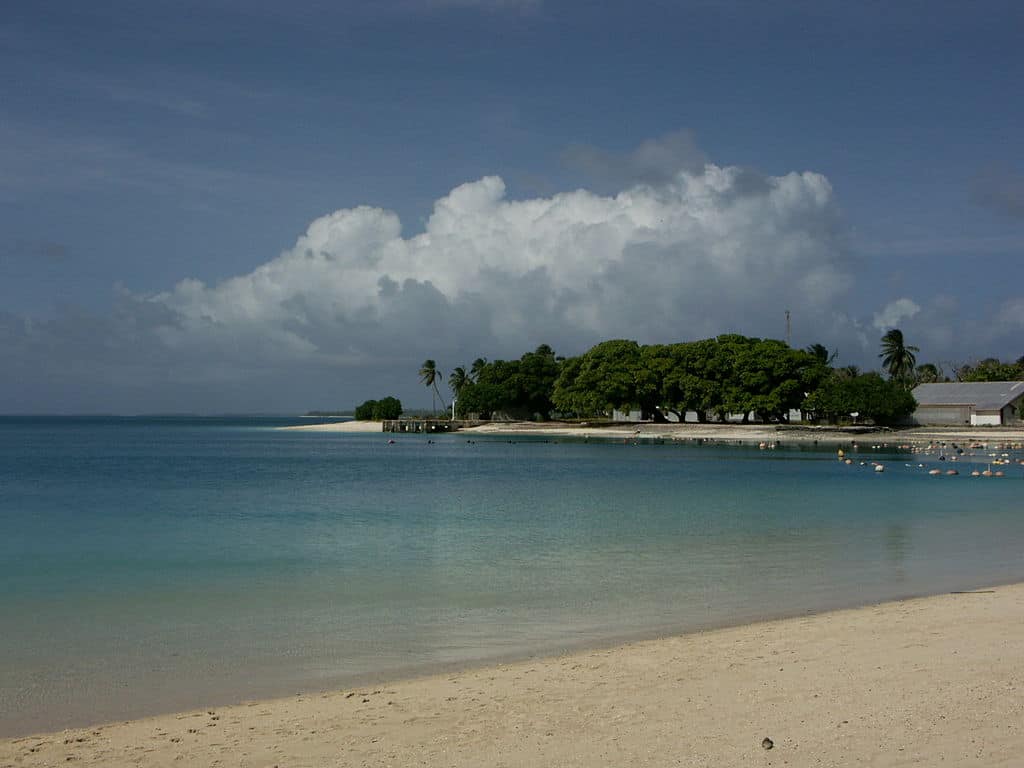Ancient submerged volcanoes
Rise up from the ocean floor,
Their tips littering the landscape
As tremendous shadows of the past
Cast a barely visible film of filth
Across this false Pacific paradise.
Where Spanish conquistadors
Once prowled the dunes,
Scintillators now sweep across the sands,
Combing beaches for dirty treasures
That can no longer lie buried.
Pantry islands not suitable for
Habitation lie in wait;
Their rotten fruit a siren’s call
To scattered islanders who cross
Impossible craters and
Invisible barriers of radiological taboo.
Satellites, statistics, and empirical semivariograms
Are calibrated against international
Safety standards for radiation exposure;
Each data point weighed against
An avalanche of history and regret.
Scatter plots and stick charts
Unshrouding mysteries that
Malformed coconuts and
Irradiated pandanus have long known:
That this contaminated land
Will not ever be a home.
Between 1946 and 1958, the United States detonated 67 nuclear bombs across the Marshall Islands, a chain of atolls halfway between Australia and Hawaii. The largest of these nuclear detonations was codenamed “Castle Bravo”, and was 1,000 times more powerful than either of the bombs dropped on the Japanese cities of Hiroshima and Nagasaki; in its wake it left a crater in the ocean floor that was 1.5 km in diameter and 75 m deep. Residual radiation (which can last for centuries) from the radioactive fallout of these detonations was spread throughout the world, with a particularly large concentration deposited throughout the northern Marshall Islands.
Since the late 1960s the Marshall Islands have experienced a rapid population growth, with most of the nation’s residents now living on two crowded islands, unable to return to their home islands because of nuclear contamination. By examining external gamma radiation and soil contamination, this new research has found that in some regions concentrations were up to 1,000 times higher than in samples from areas affected by the Chernobyl and Fukushima disasters. This would indicate that to ensure the safety of any future relocations, further environmental remediation (i.e. the removal of dangerous or poisonous substances) is needed to avoid potentially harmful exposure to radiation.
An audio version of this poem can be heard here:

Brilliant.
Thank you 😀